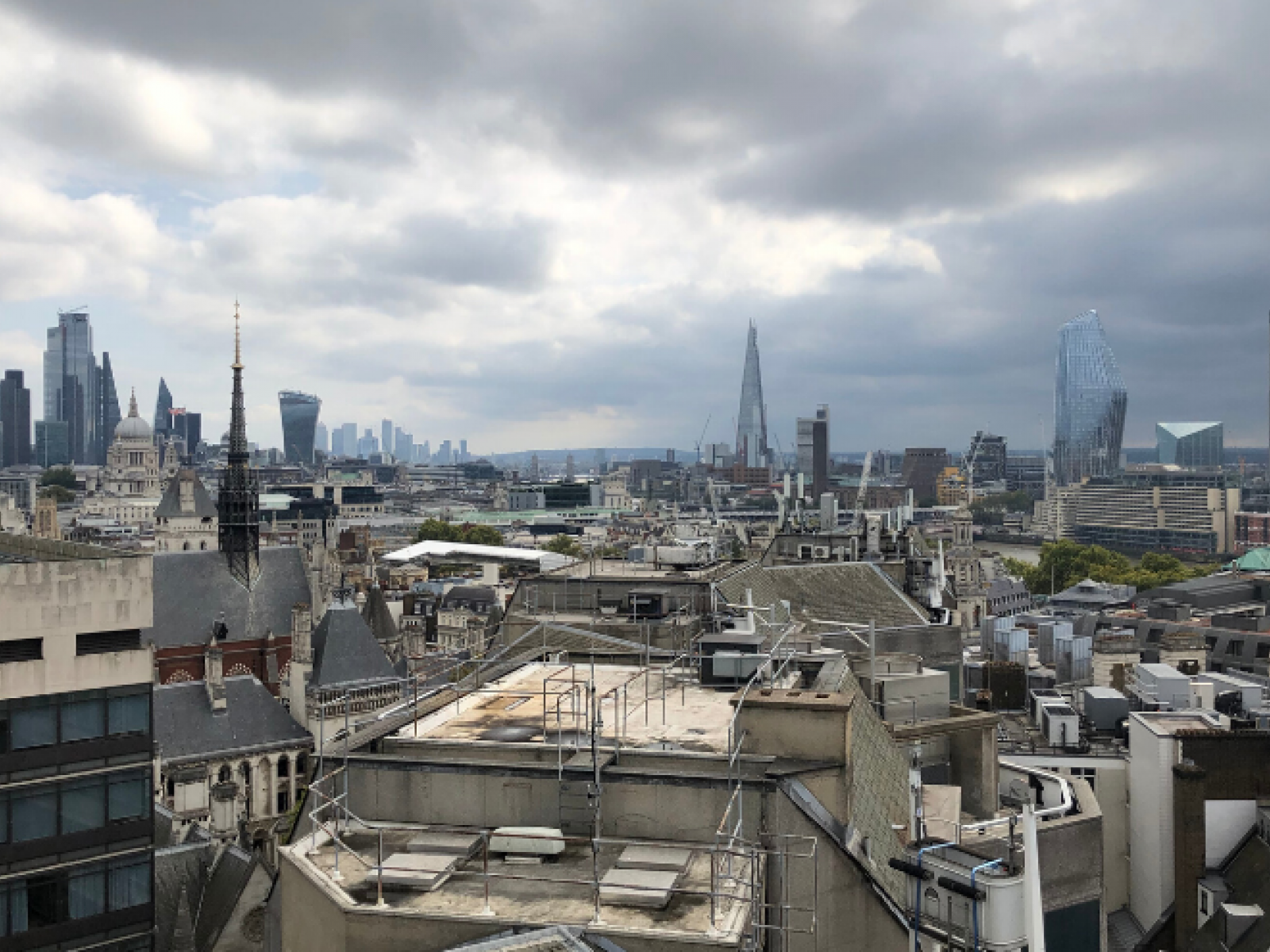First published on the Verso website on 17 April 2020
https://www.versobooks.com/blogs/4670-laws-not-buildings-shape-our-towns-and-cities
Rory Olcayto on why politics must come before the work of architects or urban designers to bring about the changes we need in our cities.
Today, if you visit the website of Skidmore, Owings & Merrill (SOM) you can read this: “We have been producing the world’s most iconic skyscrapers for more than half a century. No firm has made a greater impact on the design and engineering of tall buildings than SOM.”
For better or worse, that’s probably true. As well as its reworking of Daniel Libeskind’s Freedom Tower that replaced the twin towers of the World Trade Center in New York, destroyed in the 9/11 attacks, it is the firm behind the Burj Khalifa in Dubai, the tallest building in the world and completed in 2008.
Yet just days after 9/11, SOM’s lead architect, David Childs said this: “I think many of our clients would not want to build such a visible symbol, that they will want to build not so iconic and not so tall.” Childs was talking to Paul Goldberger for an article in the New Yorker, and Goldberger, still a renowned architecture critic today, pretty much agreed with him in those strange, unsettling days that followed the Al Qaeda attack, which killed nearly 3000 people.
A year on from 9/11 even Donald Trump, then as now, a property developer, was in a reflective mood. ''We were going to announce the world's tallest building,'' he said, of an office and residential project in Chicago, before adding: ''I called up the architects and told them the plans just changed,'' - a change, the New York Times article said, that was partly based on their potential vulnerability.
It was a widely held view: many other influential voices were saying the end of the skyscraper was nigh. Britain itself was largely uninvolved in the discussion and as the years rolled on, ignored it. In 2001 Norman Foster’s ‘Gherkin’ had yet to emerge, let alone the Shard, the Cheesegrater and the Walkie Talkie – not to mention the countless residential towers flung up across London throughout the 2010s. This pattern has been repeated the world over. Skyscrapers – mostly built in the past two decades - dominate practically every major city on Earth. The legacy of 9/11 on the built environment is real however, in the form of increased privatisation of the public realm and reduced and controlled entry to private buildings.
With this in mind it feels too soon to predict how our cities will change in the wake of the covid-19 pandemic. But in terms of what’s happening on the ground it doesn’t look good. Government-produced charts show a decrease in transport usage overall but less so for private transport – cars – than public transport. As everyone can attest there has been an increase in home deliveries over buying from local shops. And the use of public parks during lockdown has highlighted the woeful lack of private outdoor space in the homes of huge swathes of the British public. Coupled with an intensification of – and an increased dependence upon - digital surveillance infrastructure, a bête noir of critical city thinkers in recent years, it’s hard to see where the positives are for the more social, people-centric cities the same thinkers have been arguing for since the early 2000s. Since 9/11, in fact.
If we then consider the challenge climate change poses, which urban designers have said increased densification of people and resources can help mitigate, this seems at odds with the developing notion of social distancing to combat killer viruses. More than ever now, everybody wants – needs - more space.
Disease has long played a key role in shaping urban design, most famously in Britain when London’s Cholera outbreaks in the mid-nineteenth century led to the creation of a new sewer network and new public spaces along the Thames. We tend to celebrate the engineer responsible, Joseph Bazalgette, but the real driver of change was the 1848 Public Health Act which set out to improve sanitation and living standards in towns and cities across England and Wales. And while it did not have the power to compel action, it did provide a framework for action that could be used by local authorities. It was this act that changed the culture - the mood of the nation.
It is why politics must come before the work of architects or urban designers, heroic or otherwise, to bring about the changes we need in our towns and cities to deal with pandemics and other mortal threats in the future. Yet architects and urban designers can make the case for new laws. They are well placed to do so, they know how cities tick, but it will mean stepping back from cultures – or political frameworks – that have seen some enjoy great success in recent years. Let’s consider what’s happening on the ground once again. The lockdown for example. One law, or one change to a planning law, that could be introduced now that would make a significant difference to the quality of life for an increasing number of people is this: an end to office-to-residential conversions using permitted development rights that are free to ignore space standards essential to our health and well-being. This approach, which allows developers and their architects to avoid planning permission, has seen the creation, out of former office buildings, of ‘double studios’ (meaning for two people) of just 14m2. Whether we are living with or without covid-19, that’s just plain wrong.
It is part of a wider culture that in recent years has seen residential space standards shrink - and keep on shrinking. Some city-makers - planners, architects, urban designers, developers, everyone in the business - even see the task of making tiny homes ‘work’ as an interesting design challenge as well as a profitable gig. Something tells me even covid-19 might not shake that belief. Changing the law will though.








